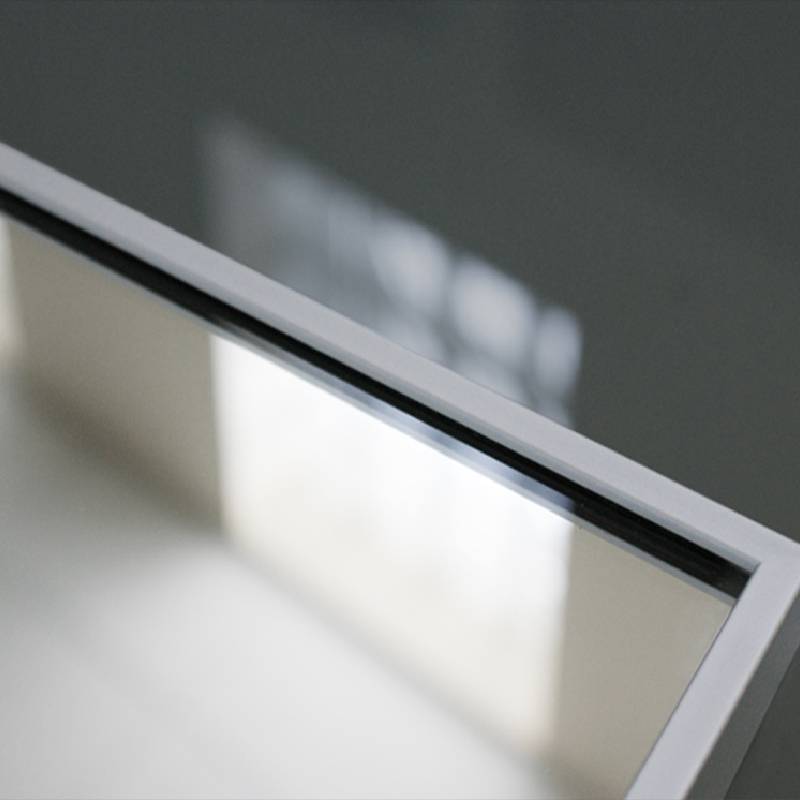

The Benefits and Applications of Dual Low-E Glass
In the ever-evolving world of building materials, energy efficiency has become a paramount concern for architects, builders, and homeowners alike. Among the most innovative solutions to this issue is dual low-emissivity (Low-E) glass, a technology designed to enhance thermal insulation in buildings while maintaining aesthetic appeal. This article delves into what dual low-E glass is, its advantages, and its various applications.
Understanding Dual Low-E Glass
Low-E glass is coated with a thin layer of metal oxides that reflect heat while allowing natural light to pass through. The dual aspect refers to the presence of two Low-E coatings on the glass—one on the outer surface and another on the inner surface. This dual-layer technology significantly improves the glass's performance in terms of energy efficiency and comfort.
The key to the functionality of Low-E glass lies in its ability to reflect infrared light. In warmer months, this technology reflects unwanted solar radiation, keeping indoor spaces cooler and reducing the reliance on air conditioning. Conversely, during colder months, it reflects heat back into the building, enhancing warmth and reducing heating costs.
Advantages of Dual Low-E Glass
1. Energy Efficiency One of the most compelling benefits of dual low-E glass is its impressive energy efficiency. It can significantly lower heating and cooling costs by minimizing the transfer of heat. Buildings equipped with this type of glass can achieve better energy ratings and potentially qualify for energy-efficient building certifications.
2. Comfort By minimizing temperature fluctuations and drafts, dual low-E glass contributes to a more comfortable indoor environment. It reduces cold spots near windows during winter months and keeps hot air from entering in summer, creating a regulated temperature year-round.

3. UV Protection The dual Low-E coating also helps block a significant percentage of harmful ultraviolet (UV) rays that can fade furniture, carpets, and art. This added protection prolongs the life of interior furnishings and maintains their aesthetic appeal over time.
4. Noise Reduction When combined with insulated frames, dual Low-E glass can also provide soundproofing benefits. It reduces the transmission of outside noise, making homes and offices quieter and more conducive to work and relaxation.
5. Aesthetic Appeal Dual low-E glass is available in various tints and styles, ensuring that the architectural integrity of a building is maintained while improving its energy performance. The sleek design complements modern construction and renovation projects.
Applications of Dual Low-E Glass
Dual low-E glass is adaptable and can be used in various applications. It is commonly used in residential projects, commercial buildings, and even in automobile windows. Homeowners often choose this glass for new construction or renovations, as it offers long-term savings on energy bills and adds considerable value to the property.
In commercial settings, its application can lead to substantial reductions in operational costs, making it an attractive choice for sustainable building practices. Additionally, dual low-E glass is increasingly used in high-performance buildings aiming for LEED certification, aligning with global initiatives for sustainability and reducing carbon footprints.
Conclusion
Dual low-E glass represents a significant advancement in building technology, offering a wide range of benefits that contribute to energy efficiency, comfort, and sustainability. As the demand for Eco-friendly construction materials continues to grow, dual low-E glass remains a leading choice for creating spaces that are not only aesthetically pleasing but also environmentally responsible. Whether in residential homes or commercial properties, its applications demonstrate a commitment to technological innovation and energy conservation, ensuring a smarter approach to building for the future.